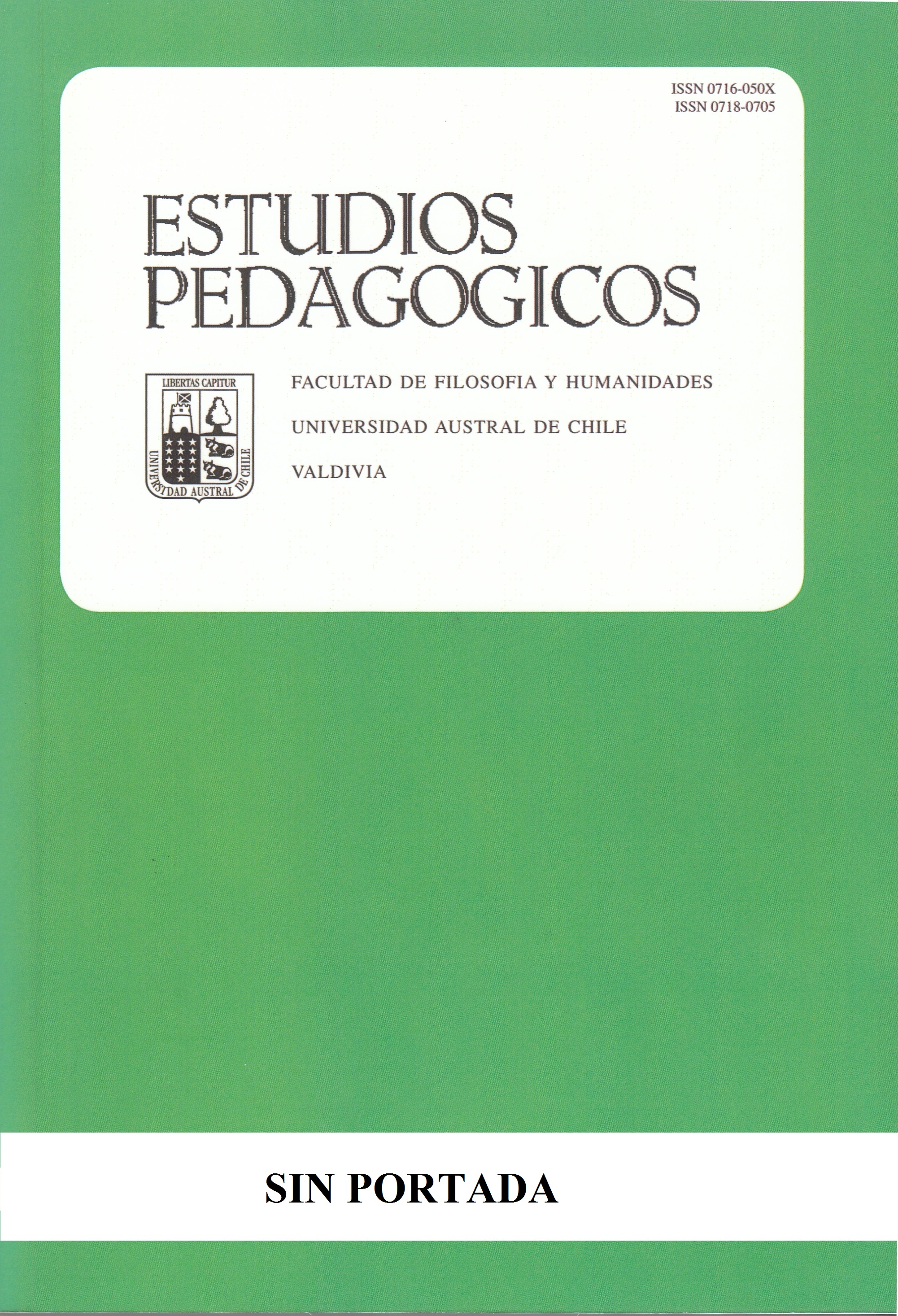Analyzing the history, geography and social sciences textbooks: the multimodal configuration of the native peoples
Main Article Content
Abstract
Among the cultural diversity of Chile, ethnic groups identified as native peoples are considered a minority from the point of view of national history, also they are presented as a minority on the history, geography, and social sciences textbooks provided by the Ministry of Education. The focus of this study is a multimodal analysis of a history textbook in order to show how the concept of native peoples builds up throughout the use of a variety of semiotic resources. To meet the former aim, there is an analysis of every ‘unit opening’ section present on a 5th grade textbook. The results show that the images of the texts introduce the native peoples as an absent voice in the narration of their own history, which is narrated from the perspective of the conqueror’s voice. Under the light of the ideas above, it emerges a need for teachers to become multimodaly literate. In that way, they can manage the variety of semiotic resources and the naturalization of the meanings built there, in order to mediate in the configuration of the native peoples as part of the national cultural diversity.

